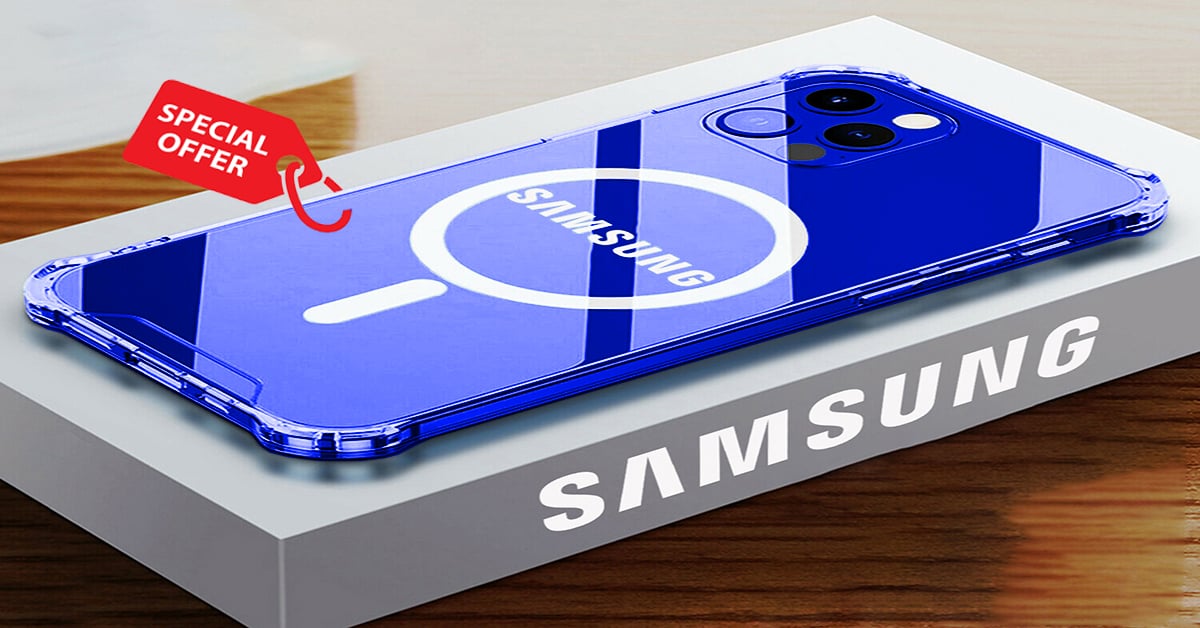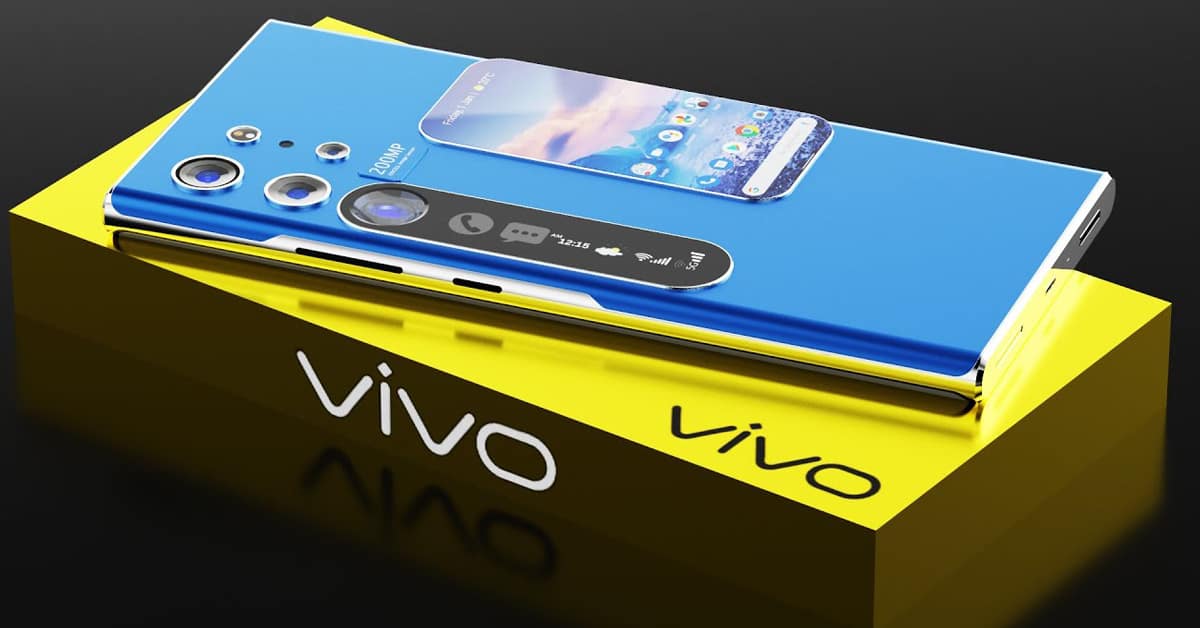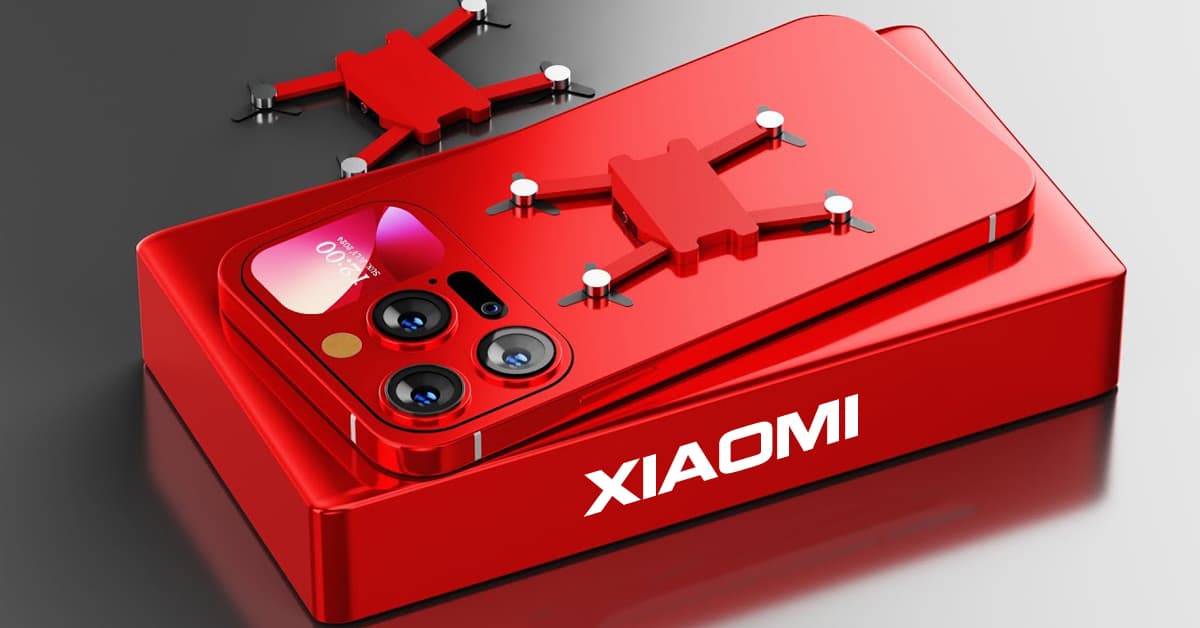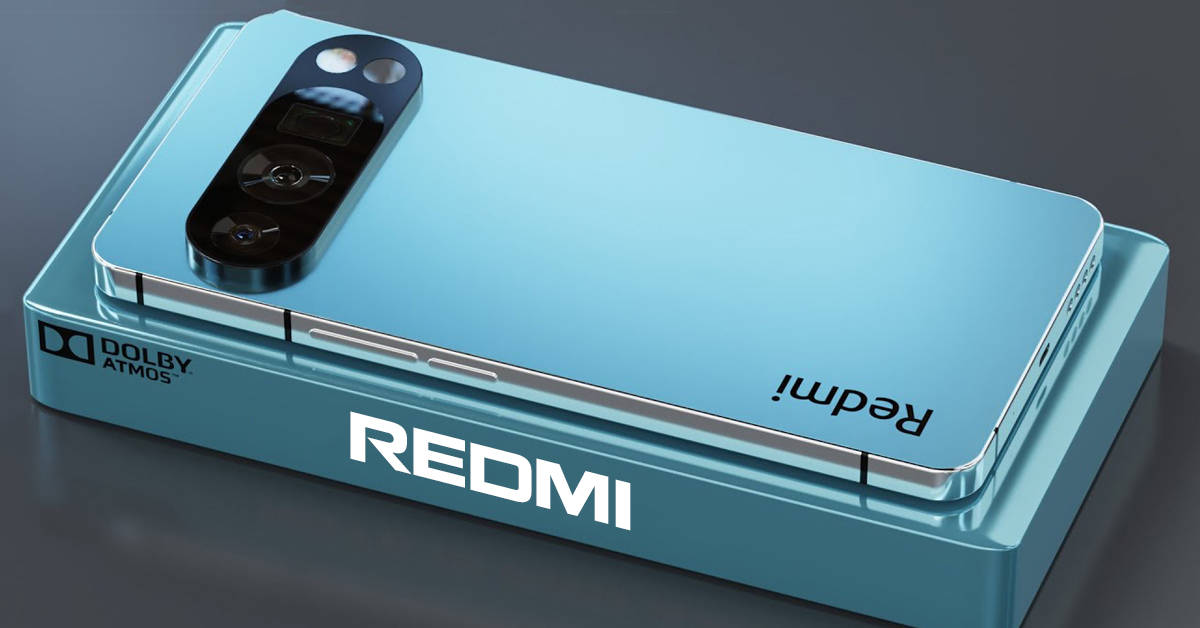Display resolution in smartphones: Things you should know
We can all agree on one thing: smartphones screen are getting bigger these days. And with that comes the terminology about resolution and such, to demonstrate what the screen can do. So today, we will try to explain some terms regarding display resolution.
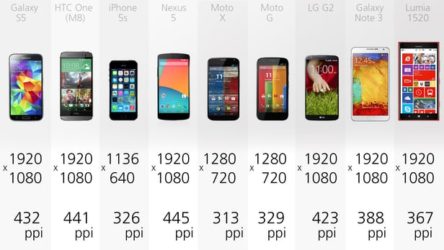
Display resolution: Some definition
There are two key terms here: definition (HD, Full HD, etc.) and resolution (pixel density). Definition means the number of horizontal and vertical pixels make up the screen. Simply put, it is the measures of a rectangle (the screen), only in pixels rather than inches. And resolution is the number of pixels squeezed into one square inch: that is the pixels per inch (ppi) figure.
Knowing the these can tell us a lot about the display quality already, although to be the most accurate, you should see with your own eyes, because other factors can affect that as well, such as viewing angles, contrast, etc. Both terms can be used interchangeably to describe display quality. Having said that, now let’s see some popular display resolution.
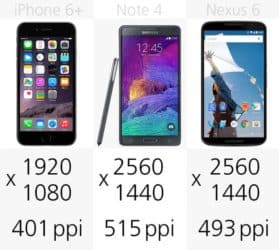
Display resolution: HD
We will start with HD, the bare minimum that smartphones nowadays have. It stands for High Definition, and has measurement of 1,280 x 720 pixels. One thing to take note of, no matter how big the screen is, as long as the measurement stays the same, it is still HD definition. In theory, the smaller the screen, the higher the pixel density, and thus the better the picture.

Display resolution: Full HD
The next step up is Full HD resolution. It is currently the standard for smartphone display definition, although 2K (QHD) is slowly catching up on more recent flagship smartphones (we’ll talk about 2K in a moment). Its measurement is 1,920 x 1,080. Like we said before, pixel density will depend on the size of the screen.

Display resolution: 2K, or QHD
QHD is short for Quad HD, and yes, like its name suggests, it is four times the definition of standard HD. That means you can put the number of pixels of 4 HD display into a QHD display of the same size. The measurement is 2,560 x 1,440. Usually, definition can be referred to by the smaller measurement number. So, we can call HD 720p, Full HD 1080p. But for QHD, the name 2K stems from the fact that the bigger measurement is over 2,000 pixels, which, admittedly, can be a bit confusing.

Display resolution: 4K or Ultra HD
One thing should be made clear: although 4K and Ultra HD can be used interchangably, they are a bit different. 4K, like 2K, indicates that the bigger measurement is over 4,000 pixels. The exact is 4,096 x 2,160. Ultra HD’s measurement is 3,860 x 2,160. Both of them can be referred to as 2,160p. Sony Xperia Z5 Premium is the first smartphone in the world to feature 4K display, but it actually is Ultra HD. Nevertheless, the pixel density of the phone is 806 ppi – far more than any smartphones.

Display resolution: Trends
As we’ve stated, smartphone screens are getting bigger, and so does the definition. But the technology of display proceeds faster than the development of the screen, which is admitted almost at its limit now (we call them mobile phones for a reason).The result is that image quality increased dramatically, because of increasing pixels density on screens that aren’t significantly larger. But, that comes at the expense of battery, so there has to be a balancing point. Right now, that balancing point is Full HD display on a 5.5-inch screen.

So, what is your favorite definition or resolution? And in which smartphone? Which phone do you think achieve the best balance between display and battery? Share with us.
